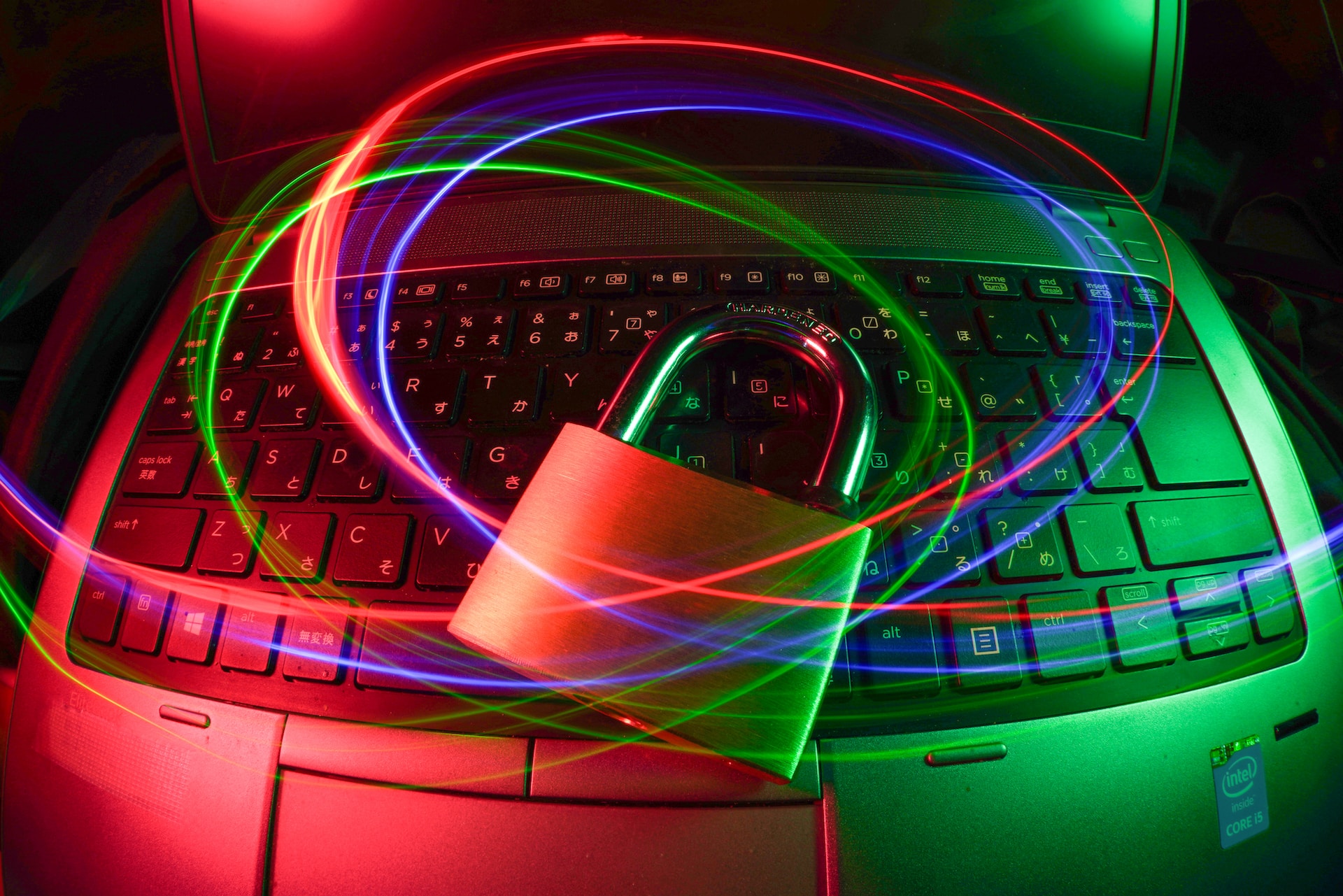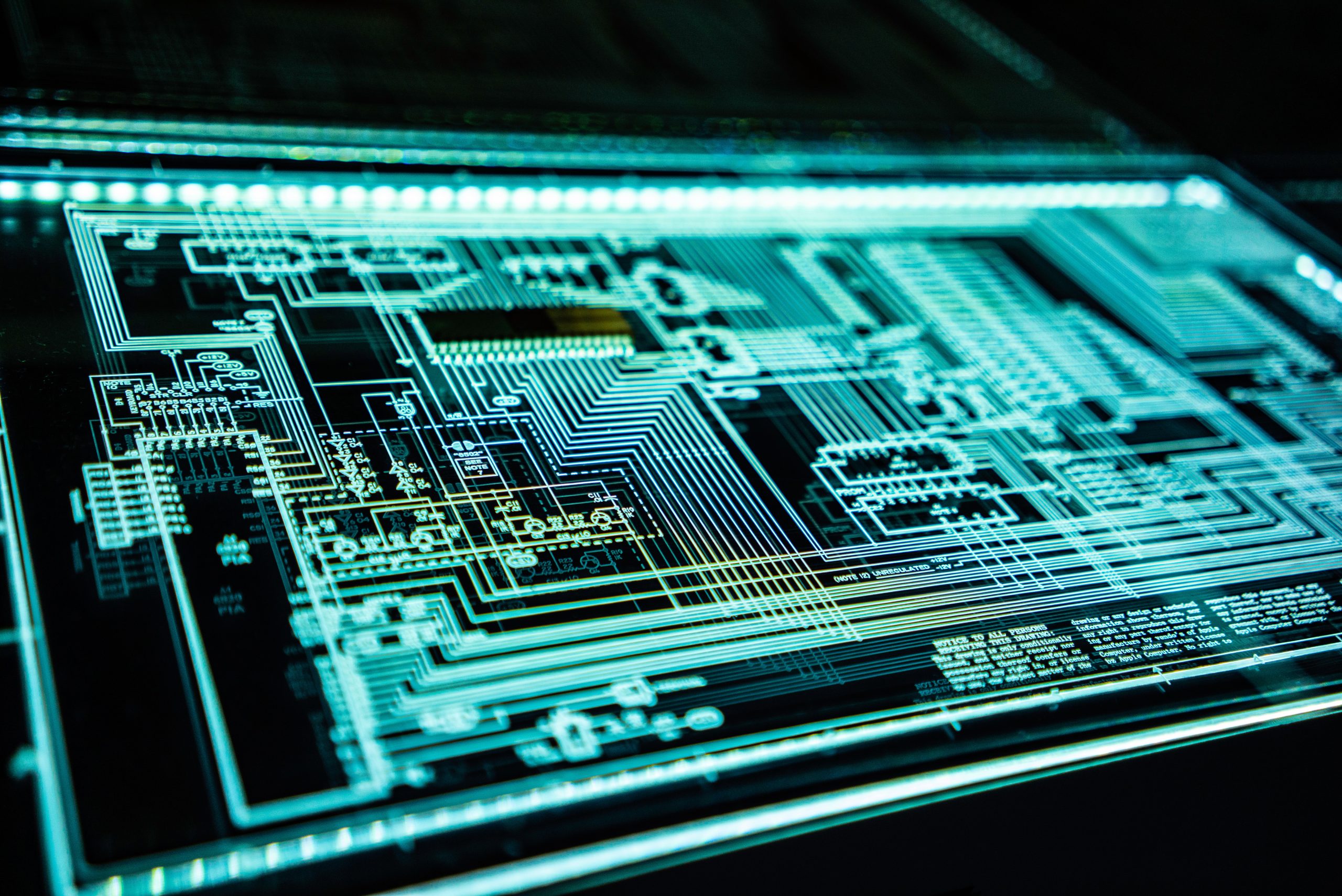Hitachi Energy TRMTracker
All CISA Advisories, CISA, April 3, 2025
1. EXECUTIVE SUMMARY
- CVSS v4 6.9
- ATTENTION: Exploitable remotely/low attack complexity
- Vendor: Hitachi Energy
- Equipment: TRMTracker
- Vulnerabilities: Improper Neutralization of Special Elements used in an LDAP Query (‘LDAP Injection’), Improper Neutralization of Special Elements in Output Used by a Downstream Component (‘Injection’), Improper Neutralization of Input During Web Page Generation (‘Cross-site Scripting’)
2. RISK EVALUATION
Successful exploitation of these vulnerabilities could allow an attacker to execute limited remote commands, poison web-cache, or disclose and modify sensitive information.
3. TECHNICAL DETAILS
3.1 AFFECTED PRODUCTS
The following products are affected:
- TRMTracker: Versions 6.2.04 and prior
- TRMTracker: Versions 6.3.0 and 6.3.01
3.2 VULNERABILITY OVERVIEW
3.2.1 Improper Neutralization of Special Elements used in an LDAP Query (‘LDAP Injection’) CWE-90
The TRMTracker web application is vulnerable to LDAP injection attack potentially allowing an attacker to inject code into a query and execute remote commands that can read and update data on the website.
CVE-2025-27631 has been assigned to this vulnerability. A CVSS v3.1 base score of 6.5 has been calculated; the CVSS vector string is (AV:N/AC:L/PR:N/UI:N/S:U/C:L/I:L/A:N).
A CVSS v4 score has also been calculated for CVE-2025-27631. A base score of 6.9 has been calculated; the CVSS vector string is (AV:N/AC:L/AT:N/PR:N/UI:N/VC:L/VI:L/VA:N/SC:N/SI:N/SA:N).
3.2.2 Improper Neutralization of Special Elements in Output Used by a Downstream Component (‘Injection’) CWE-74
A Host Header Injection vulnerability in TRMTracker application may allow an attacker to modify the host header value in an HTTP request to leverage multiple attack vectors, including defacing the site content through web-cache poisoning
CVE-2025-27632 has been assigned to this vulnerability. A CVSS v3.1 base score of 6.1 has been calculated; the CVSS vector string is (AV:N/AC:L/PR:N/UI:R/S:C/C:L/I:L/A:N).
A CVSS v4 score has also been calculated for CVE-2025-27632. A base score of 5.3 has been calculated; the CVSS vector string is (AV:N/AC:L/AT:N/PR:N/UI:P/VC:L/VI:L/VA:N/SC:L/SI:L/SA:N).
3.2.3 Improper Neutralization of Input During Web Page Generation (‘Cross-site Scripting’) CWE-79
The TRMTracker web application is vulnerable to reflected cross-site scripting attack. The application allows clientside code injection that might be used to compromise the confidentiality and integrity of the system.
CVE-2025-27633 has been assigned to this vulnerability. A CVSS v3.1 base score of 6.1 has been calculated; the CVSS vector string is (AV:N/AC:L/PR:N/UI:R/S:C/C:L/I:L/A:N).
A CVSS v4 score has also been calculated for CVE-2025-27633. A base score of 5.3 has been calculated; the CVSS vector string is (AV:N/AC:L/AT:N/PR:N/UI:P/VC:L/VI:L/VA:N/SC:L/SI:L/SA:N).
3.3 BACKGROUND
- CRITICAL INFRASTRUCTURE SECTORS: Energy
- COUNTRIES/AREAS DEPLOYED: Worldwide
- COMPANY HEADQUARTERS LOCATION: Switzerland
3.4 RESEARCHER
Eskom Holdings SOC Ltd, South Africa reported these vulnerabilities to Hitachi Energy.
4. MITIGATIONS
Hitachi Energy recommends users update to the following versions:
- TRMTracker Versions 6.2.04 and below: Update to v6.2.04.014 or v6.3.02
- TRMTracker Versions 6.3.0 and 6.3.01: Update to v6.3.02
- Apply general mitigation factors
For more information, see the associated Hitachi Energy PSIRT security advisory 8DBD000210 Cybersecurity Advisory – Multiple Vulnerabilities in Hitachi Energy TRMTracker product.
Hitachi Energy recommends users implement recommended security practices and firewall configurations to help protect the process control network from attacks originating from outside the network. Process control systems should be physically protected from direct access by unauthorized personnel, have no direct connections to the Internet, and be separated from other networks by means of a firewall system with a minimal number of ports exposed. Process control systems should not be used for Internet surfing, instant messaging, or receiving e-mails. Portable computers and removable storage media should be carefully scanned for viruses before they are connected to a control system. Proper password policies and processes should be followed.
CISA recommends users take defensive measures to minimize the risk of exploitation of these vulnerabilities. CISA reminds organizations to perform proper impact analysis and risk assessment prior to deploying defensive measures.
CISA also provides a section for control systems security recommended practices on the ICS webpage on cisa.gov/ics. Several CISA products detailing cyber defense best practices are available for reading and download, including Improving Industrial Control Systems Cybersecurity with Defense-in-Depth Strategies.
CISA encourages organizations to implement recommended cybersecurity strategies for proactive defense of ICS assets.
Additional mitigation guidance and recommended practices are publicly available on the ICS webpage at cisa.gov/ics in the technical information paper, ICS-TIP-12-146-01B–Targeted Cyber Intrusion Detection and Mitigation Strategies.
Organizations observing suspected malicious activity should follow established internal procedures and report findings to CISA for tracking and correlation against other incidents.
CISA also recommends users take the following measures to protect themselves from social engineering attacks:
- Do not click web links or open attachments in unsolicited email messages.
- Refer to Recognizing and Avoiding Email Scams for more information on avoiding email scams.
- Refer to Avoiding Social Engineering and Phishing Attacks for more information on social engineering attacks.
No known public exploitation specifically targeting these vulnerabilities has been reported to CISA at this time.
5. UPDATE HISTORY
- April 3, 2025: Initial Republication of Hitachi Energy 8DBD000210




















